https://mewetree.blogspot.com/2017/07/world-war-two-fighter-planes-good-bad.html
This blog is about the esthetics in aircraft design; basically, what aircraft looked great, and which ones cause aircraft enthusiasts to ask "What were they thinking?"
To qualify for inclusion here, the aircraft must have been used for any type of mission, other than training in WW2.
Let's start with The Truly Ugly first.
France loses its mind.
The French are typically known for their design prowess - they design and build beautiful buildings, landscapes, and of course, they are at the pinnacle of the fine arts. In the 1930's however, they appear to have lost their touch. Here are two bombers that illustrate the point...
The Bloch MB 200
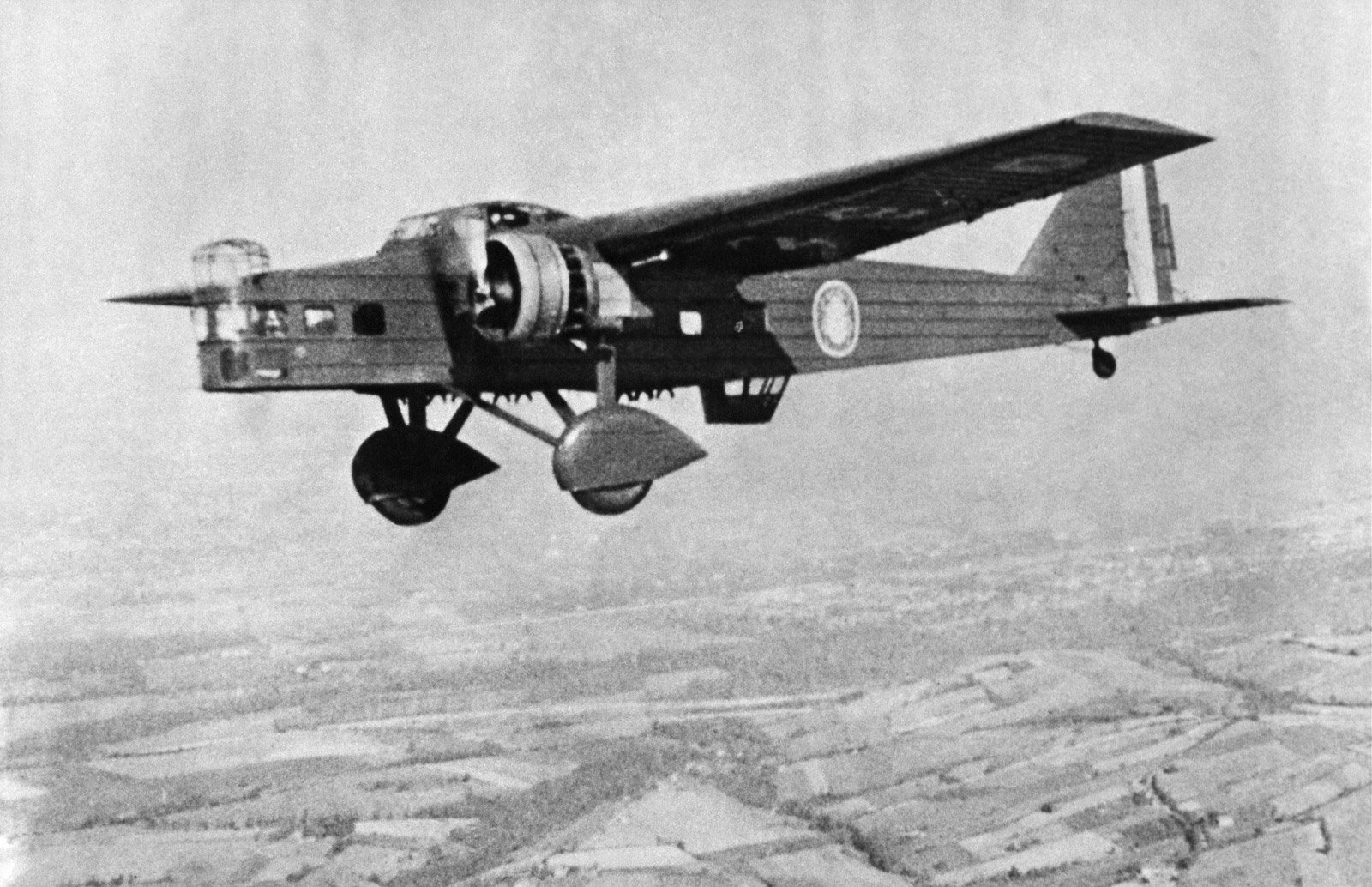
An aircraft only a mother could love!
Angular, with multiple turrets seemingly slapped on as an afterthought, this was an unbecoming design failure. With a top speed of 177 MPH, and only three defensive machine guns, it was slow and vulnerable.
The MB 200 was introduced into service in 1935, which was the same year that the Americans tested this for the first time.
The B-17, which it its first version topped out at 320 MPH with six defensive machine guns.
The main French heavy bomber at the start of the war was this...
The Farman F 220
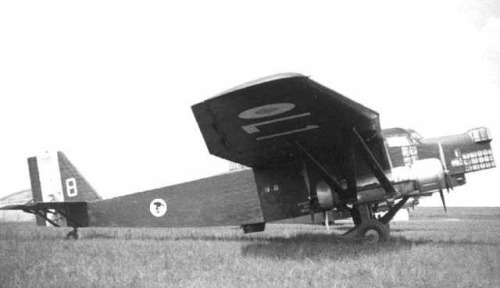
Wow! It is hard to know where to start.
Four engines in tandem slung under the wings means reducing drag while also adding drag from the bracings that have to hold the engines in place! The same angular design, with turrets again slapped on almost as an afterthought. This is the MB 200's big brother!
With a maximum speed of 220 MPH, and only three medium machines guns for defence, it was a sitting duck and was shot down in droves by German fighter pilots.
The French also designed a carrier-based dive bomber that almost defies description.
Loire-Nieuport LN 410

What can be said about this monstrosity? Not much, but perhaps by comparing to what other countries were building at the same time it will again prove possible to show what was possible. Here is the American Vought Vindicator naval dive bomber, in service at the same time as the LN 410.
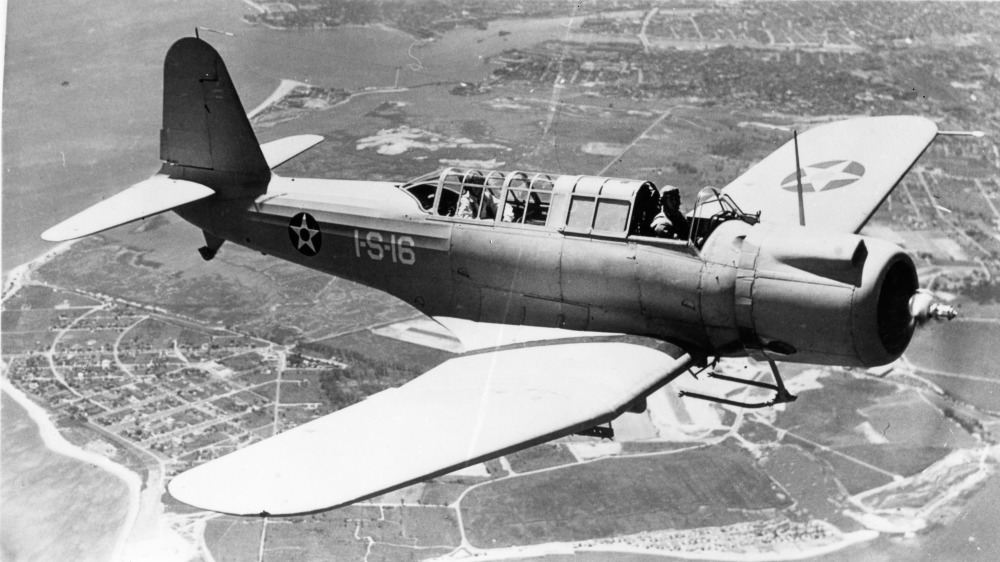
The Vindicator, like most American aircraft, looked very business-like. At 250 MPH and capable of carrying a 1,000 pound bomb load, it was 11 MPH faster than the LN 410, and carried more than twice the offensive load. The French bought Vidicators from the Americans, and both LN 410s and Vindicators were used in the Battle of France, with heavy losses.
Now, let's look at the Brits.
What The British Prefer to Forget
If the French had some aesthetic challenges in bomber design, the British may take the proverbial cake for design confusion and sheer ugliness. Nothing demonstrates this better than this aircraft, which was used at night in the Battle of Britain when it dropped aerial mines in the path of German bombers.
The Handley Page Heyford

Yes, this is a real aircraft. The British used this as their primary heavy bomber through the mid-1930's.
At the time it entered into RAF service, the Russians had already been using these for two years...
The TB-3...10 MPH faster than the Heyford, with six to eight defensive machine guns to the Heyford's three. The key here is the use of a single monoplane wing! The TB-3 was a harbinger of things to come in aircraft design, while the Heyford was a shockingly ungainly salute to aircraft design as understood twenty years prior.
The British also build a fighter aircraft that defies any attempt to explain how it ever got off the drawing board.
The Blackburn Roc
Were they trying to fail?
Fighter aircraft are supposed to be sleek, deadly-looking, and imposing. This aircraft was a cobbled-together mess. In fact, it was actually a Blackburn Skua dive bomber with a power-operated gun turret faired in behind the pilot. This limited its top speed to 223 MPH at a time when most German bombers coming into service could easily top 240 MPH. It also has no forward firing guns. It's operational service was limited to combat air patrols over a few RN carriers early in the war, after which it was taken out of service.
Fighter aircraft are supposed to be sleek, deadly-looking, and imposing. This aircraft was a cobbled-together mess. In fact, it was actually a Blackburn Skua dive bomber with a power-operated gun turret faired in behind the pilot. This limited its top speed to 223 MPH at a time when most German bombers coming into service could easily top 240 MPH. It also has no forward firing guns. It's operational service was limited to combat air patrols over a few RN carriers early in the war, after which it was taken out of service.
And, yet again from the Brits, one of the ugliest carrier-based aircraft of all time.
The Fairey Barracuda
This aircraft looks a bit like the Pelicans I used to watch whenever my family went to Florida on vacation in the 1970s! It was just shockingly ugly!
With a top speed of 240 MPH and two medium machine guns for defence, it needed a fighter escort everywhere it went. It carried a useful bomb and torpedo load of up to 1,800 pounds.
However, the Barracuda was almost entirely inferior to America's primary carrier-based bomber and torpedo aircraft that was introduced into service a year before the Barracuda, namely the Grumman Avenger, which was 35 MPH faster, and carried heavier defensive and offensive armament. It also looked better!
However, the Barracuda was almost entirely inferior to America's primary carrier-based bomber and torpedo aircraft that was introduced into service a year before the Barracuda, namely the Grumman Avenger, which was 35 MPH faster, and carried heavier defensive and offensive armament. It also looked better!
Ok, this pains me, but let's look at Italy...
Italy Drops the Ball
As will be seen in the section on design beauty below, the Italians are mostly unequalled when it comes to designing truly beautiful aircraft. But they do make mistakes...
Breda Ba.65
Hideous!
The pilot sits behind an engine mount and windscreen that look like they were slapped by a child forcing parts of a model airplane together that simply didn't fit, not realizing that they actually came from a completely different model! It was a serviceable aircraft, with a decent 270 MPH top speed, and adequate armament - but it stands in very stark contrast to the design genius shown by the Italians elsewhere.
The pilot sits behind an engine mount and windscreen that look like they were slapped by a child forcing parts of a model airplane together that simply didn't fit, not realizing that they actually came from a completely different model! It was a serviceable aircraft, with a decent 270 MPH top speed, and adequate armament - but it stands in very stark contrast to the design genius shown by the Italians elsewhere.
OK....time to switch gears. Here are some examples of what was actually possible in aircraft design 75 years ago.
Let's start with Italy.
Let's start with Italy.
Viva Italia!
Is this the most beautiful aircraft of WW2? Coming from the country that gives us Ferraris, it is just possible.
Macci 205

This looks like what a fighter aircraft should look like...fast, sleek, powerful. And this...
Fiat G.55

Again, there is nothing you can say that is negative about this design....it looks very similar to the Macci 205.
These two aircraft were produced in small numbers owing to Italy leaving the war in July, 1943. Nonetheless, the Germans used as many of these aircraft as they could get their hands on, finding them competitive with the best the Allies had to offer.
USA! USA!
World War 2 saw the Americans take the lead in aircraft design from the Europeans - a lead it has not relinquished since. Most of their designs put function over form - they didn't look especially great, but they worked. A few of their designs were simply amazing. Here is the first...
P-38 Lightening

These two aircraft were produced in small numbers owing to Italy leaving the war in July, 1943. Nonetheless, the Germans used as many of these aircraft as they could get their hands on, finding them competitive with the best the Allies had to offer.
USA! USA!
World War 2 saw the Americans take the lead in aircraft design from the Europeans - a lead it has not relinquished since. Most of their designs put function over form - they didn't look especially great, but they worked. A few of their designs were simply amazing. Here is the first...
P-38 Lightening

This aircraft oozed power. It was very quick, and dove so fast that pilots had trouble pulling out as they touched the speed of sound. It carried a bomber-size bomb load and had tremendous range. America's two highest scoring pilots of WW2 both flew this aircraft. In an era which was dominated by single-engined fighter aircraft, this design was simply amazing.
P-51 Mustang
It may be that no aircraft has ever better combined function with visual appeal. American airmen flying this beautiful aircraft delivered the coup de gras to the Luftwaffe over France and German in 1944. It is the iconic American military aircraft of all time.
P-51 Mustang
It may be that no aircraft has ever better combined function with visual appeal. American airmen flying this beautiful aircraft delivered the coup de gras to the Luftwaffe over France and German in 1944. It is the iconic American military aircraft of all time.
The Germans also designed some stunning and menacing aircraft.
The Germans Are Coming
Like the Americans, most German designed were functional, not beautiful. There were exceptions.
Focke-Wulf TA 152
This aircraft is a development of the earlier FW-190, and was designed as a high altitude interceptor to take on American bomber aircraft over German airspace. It was built in very small numbers, but it has exceptional performance - likely the finest piston-engined aircraft developed during the war.
ME 262
No one knew how to design a jet aircraft when the German engineers and designers took stab at it in designing the Messerschmitt ME 262 in the early 1940s. They produced a masterpiece.
The swept-wing design used by the Germans was revolutionary - Western designed would not stop designing straight-wing jet aircraft for at least five years after the war. This aircraft also had a massive armament - 4 x 30 mm cannons in the nose. There is no debate that this was the finest fighter aircraft produced during the war. It was also an aesthetic triumph.
Germany and Italy had an ally which also had a flair for design.
Banzai!
Japan produced more beautiful aircraft than all other major combatants combined. Here are just a few.
Nakajima KI-84
Nakajima KI-84
You will notice by now that design excellence required simplicity, a clean design unencumbered by filter extensions etc., and a big engine to exude power - a race car in the sky. The Ki 84 Hayate (Gale) illustrated all of these characteristics. It was competitive with the best aircraft on both sides in the war.
Mitsubishi Ki-46

Mitsubishi Ki-46
This Japanese reconnaissance aircraft was considered a design masterpiece, and was so admired that the Germans actually considered buying a licence from the Japanese to build it and use it in the European theatre of operations. It was exceptionally fast, and was essentially invulnerable until the last few years of the war simply because the Allies did not have fighter aircraft that were fast enough to catch it.
The French Redeem Themselves
The French designed some total monstrosities in the early 1930's, but by the end of that decade they had their design mojo back.
Dewoitine D.520
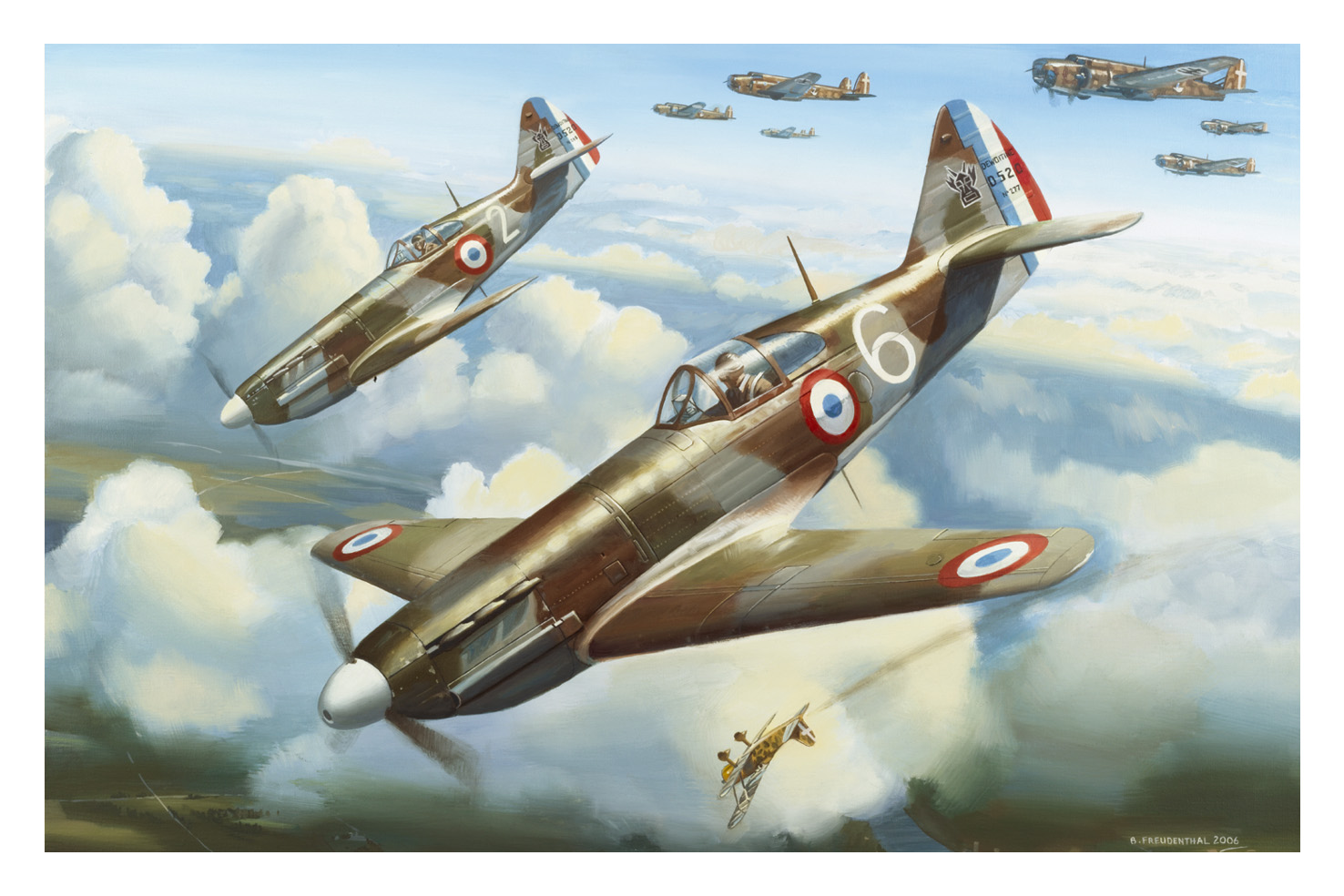
The French Redeem Themselves
The French designed some total monstrosities in the early 1930's, but by the end of that decade they had their design mojo back.
Dewoitine D.520

The finest fighter aircraft produced in France during the war was competitive with any aircraft in the world when it was accepted into service in 1940. It was fast and hard-hitting. It was a pleasure to look at and stands in stark contrast from a design perspective to the main French fighter in use at the start of the war, the Morane-Saulnier MS.406...pudgy and squat...

Breguet 695
The same country that produced he Bloch and Amiot above also produced this small attach aircraft. Gone were the slab sides and ungainly turrets. The Breguet 695 was fast and effective...but only available in tiny numbers when the Germans overran France in May and June, 1940.
The Russians Are Coming, Too!
The TB-3 noted above was an ugly aircraft. The Russians designed and built workmanlike aircraft, designed for simplicity in the expectation that they would last mere hours in combat.
One exception was this...
Yakolev 3
This was a beautiful but deadly aircraft. After it was introduced to combat in 1944, the Germans warned Luftwaffe fighter pilots to never try to fight this plane below 15,000 feet as it was simply too dominant. It did everything right - it was fast, manoeuvrable, it could climb and roll. It was Russia's design triumph.
The British Masterpieces
This plane was a triumph of ingenuity - it was designed on the sole initiative of the de Havilland company, not as a result of an official government request.
de Havilland Mosquito
This aircraft started a a bomber. It was so fast that it had no defensive armament as no German fighter could catch it. It was evolved into a night fighter and attack aircraft, and was effective even into the jet age. It was also visually stunning...
And then there was this aircraft.
The most beautiful aircraft ever?
I don't know, but the Supermarine Spitfire Mk 2 is certainly the most beautiful aircraft that the British ever produced.
For context, consider that the Blackburn Roc noted above was introduced into service four years after the Spitfire.
With this example of design brilliance in existence...
...."What were they thinking!?"
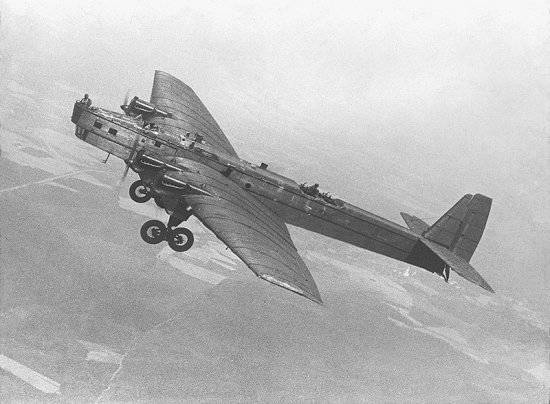




:max_bytes(150000):strip_icc()/P-51D-Mustang-56a61a9c3df78cf7728b58ef.jpg)












No comments:
Post a Comment